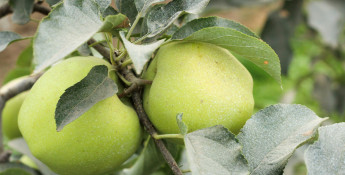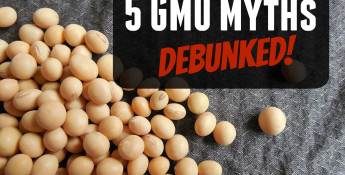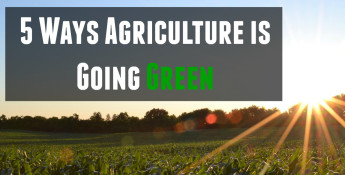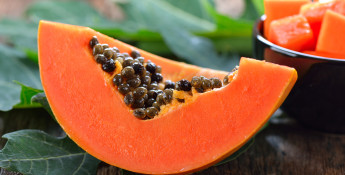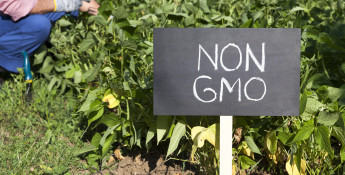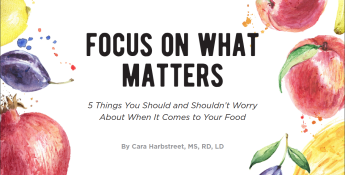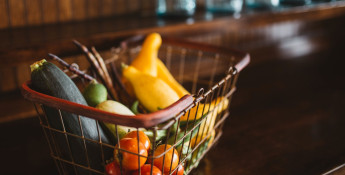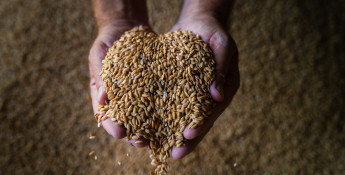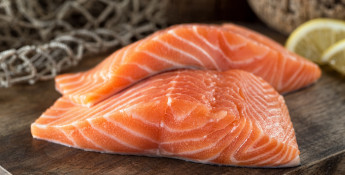By Hannah Becker on November 3, 2015
What are GMOs?
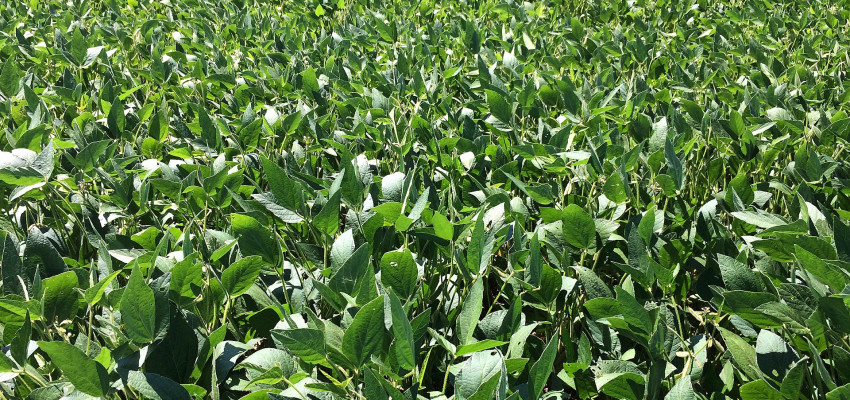
Graduating with an agriculture degree meant tackling the dreaded “Senior Seminar” before being awarded my diploma. Thanks to skipping a few “should have been there” classes, I was assigned the research topic of Genetically Modified Organisms (GMO) by default. The year was 2010, and GMOs or genetically modified foods had yet to make headlines. I remember thinking to myself, “What the heck are GMOs?”
Today, everyone’s heard of GMOs. They’ve been on the cover of Time Magazine, initiated an entire GMO-free industry and there are thousands of anti-GMO websites. GMOs are no longer the obscure acronym I struggled to base a 45-minute presentation on senior year. GMOs and genetically modified foods are now a common term dominating food blogs, discussion panels and even political debates.
What do people THINK GMOs are?
I asked a few of my millennial peers “What are GMOs?” and here’s a few of the responses I got to the question of the hour:
- “Robot food. Scientists take these computer chip like things and inject it into seeds and plants people eat.”
- “GMOs are chemically engineered food products that are made in a lab. They don’t grow outside like healthy food does.”
- “I think they are kind of like gluten. I really don’t know exactly what they are, I just know that we shouldn’t eat them. I think they might be poisonous, or something like that.”
What ARE GMOs?
Hold your horses!
GMOs aren’t “robot food” made in a lab, and they are definitely NOT poisonous.
GMOs are food products derived from plants that have been genetically modified to exhibit certain desired characteristics. GMO crops are like agriculture superheroes. Thanks to improved genetics, GMO crops possess some type of “superpower” over non-GMO crops. Genetically modified crops may be disease or herbicide resistant or have increased nutrients; by having these “superpowers,” GMO crops are able to produce more food than their non-GMO counterparts.
So how does a plant become genetically modified?
While the fancy acronym may be the buzz, genetic modification is nothing new. Way back in the mid-1800s, a Moravian monk named Gregor Mendel conducted genetic experiments with pea plants. He selectively cross pollinated pea plants with enhanced characteristics, slowly improving the quality of pea plants in the monastery’s garden.
Today, we are able to expedite the genetic modification processes Mendel popularized by inserting a desired genetic code into a plant that will produce plants with the desired superpower. Such genetic upgrades are made in a laboratory setting, but everything that’s inserted is all natural (no “computer chip like things”). These genetic upgrades provide us with better plants that yield better crops. GMO plants out-produce non-GMO plants, allowing us to provide our growing world population with the food it needs.
Win-win
GMOs aren’t anything new; they are just enhanced genetics expedited by biotechnology. GMO plants provide us the opportunity to meet the world’s food demands in environmentally friendly ways. For our farmers, planting a field of GMO crops allows them to produce more crops with less land, less emissions and less manpower. It’s a win-win for everyone involved.
Over the next few months, we’ll continue to explore GMO myths, labeling and international regulations. If you have any questions or topic suggestions as we continue on this educational journey, feel free to e-mail me at beckerh@kfb.org.
Want to learn even more? Check out this video from Best Food Facts.
Did you enjoy this story? You might also enjoy these:


